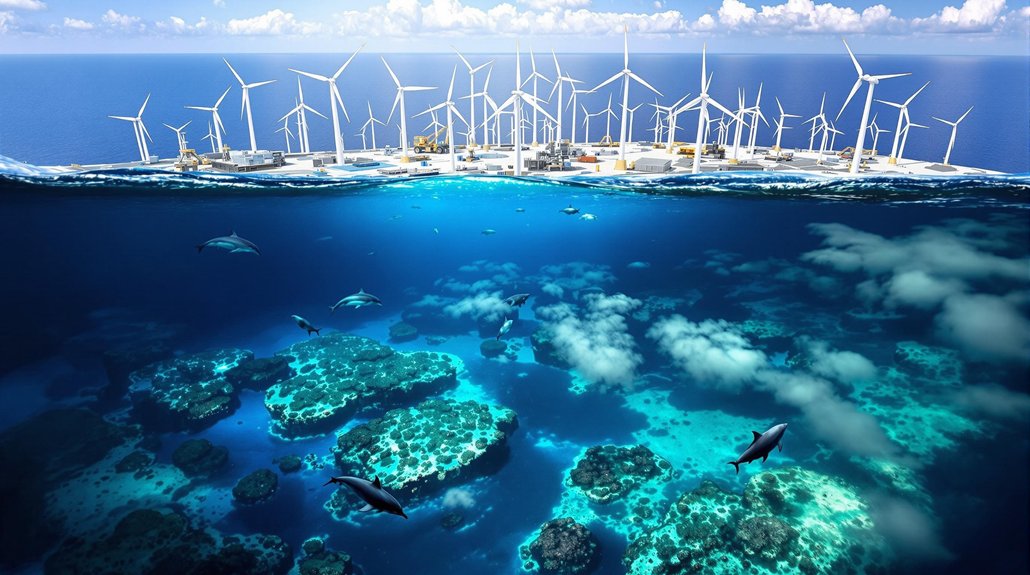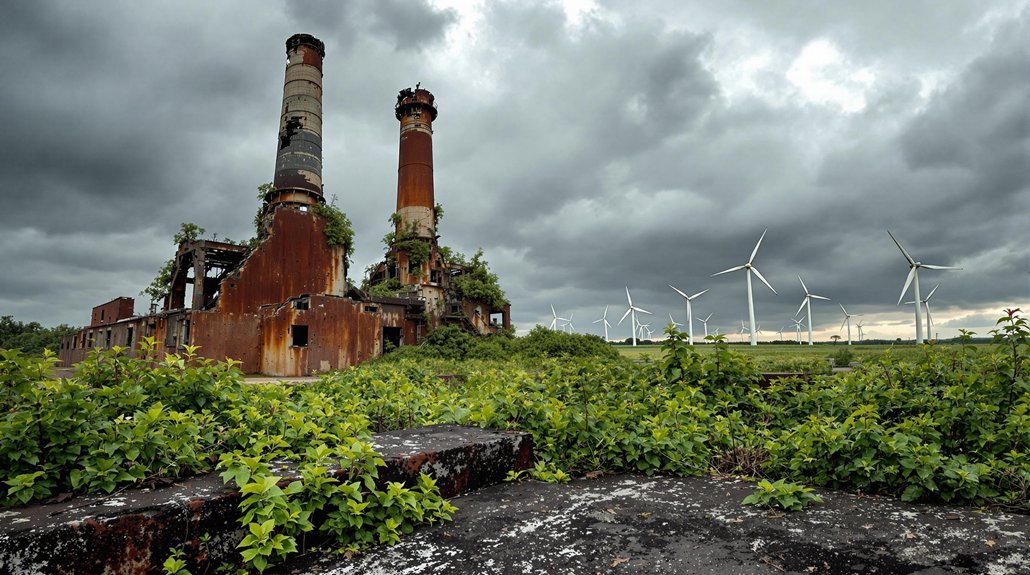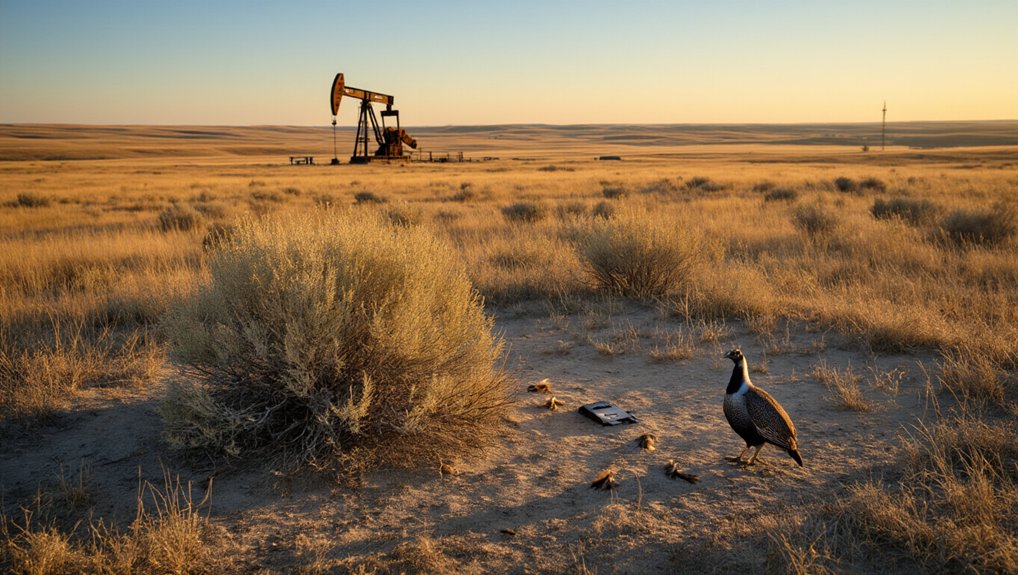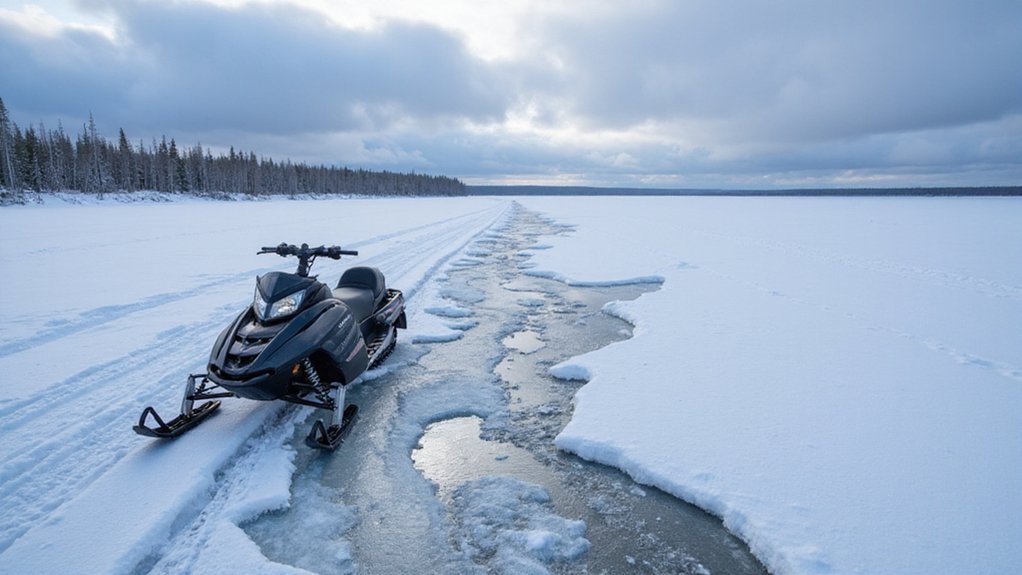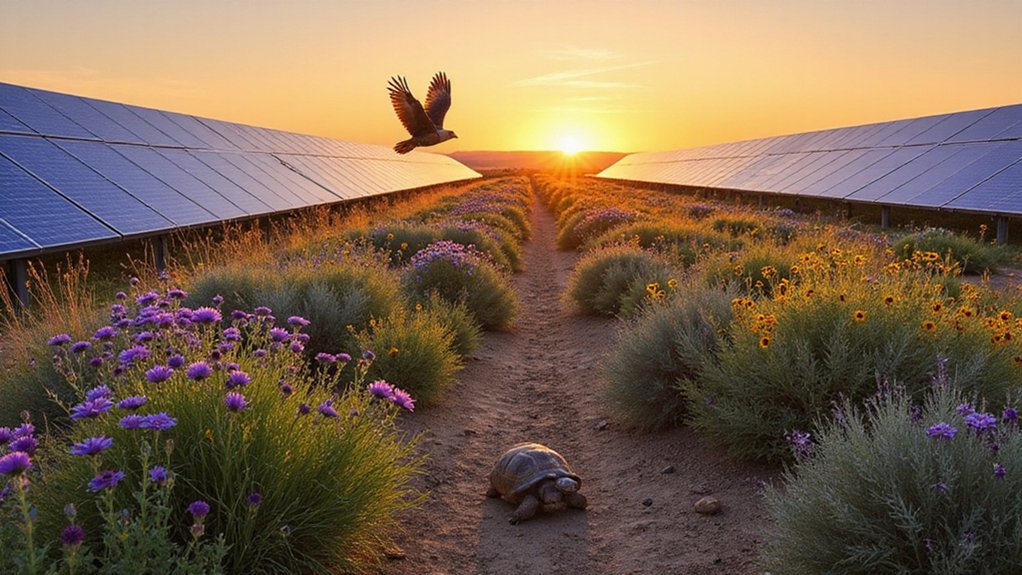Offshore wind farms, touted as climate saviors, are wreaking havoc on marine ecosystems. They’re noisy as bombs underwater. Seriously. Marine mammals flee, migratory birds avoid their feeding grounds, seafloor habitats get trashed. Meanwhile, hidden costs of renewable energy have ballooned to £114/MWh, more than double initial estimates. Consumers foot the bill while biodiversity takes the hit. The green energy changeover isn’t as clean as advertised—not by a long shot.
While wind turbines and solar panels have become symbols of environmental progress, the true price tag of green energy remains largely concealed from public view. The hidden costs of renewables hit £114/MWh in 2021, more than double the original estimates of £44-57/MWh for wind and solar. Guess those glossy brochures forgot to mention a few details.
The financial burden doesn’t stop there. Shifting to green energy could cost between $100 trillion and $300 trillion globally by 2050. That’s 1-3 times the current annual global GDP. Not exactly pocket change.
The global green transition carries a jaw-dropping price tag: $100-300 trillion by 2050—up to triple our entire annual global economy.
Despite falling generation costs, consumer bills keep climbing thanks to those pesky “hidden” expenses like grid maintenance and connection infrastructure. The Capacity Markets Cost of £0.9 billion represents the second-largest component of these hidden costs. Consumers are increasingly resistant to these rising costs due to the inflation pressure they’re already facing in their daily lives.
Beyond money, there’s an environmental price tag too. Wind farms, especially offshore ones, are disrupting marine habitats in biodiversity hotspots. Construction noise underwater is like setting off bombs in fish neighborhoods. Migratory birds avoid turbine areas, potentially losing access to feeding grounds they’ve used for centuries. Just progress, right?
Marine mammals and fish face habitat disruption from large-scale offshore developments. Sediment gets displaced during construction, threatening seafloor ecosystems that took millennia to develop. The kicker? Many high-risk zones for biodiversity fall outside marine protected areas, leaving species vulnerable to our green ambitions.
Policy decisions typically prioritize energy goals over environmental concerns. Limited enforcement of regulations means ecosystems take a backseat during project development. Though these wind farms can create artificial reef habitats for some marine species, this benefit rarely offsets the broader ecological disruption. Scientists recommend expanding marine protected areas and creating exclusion zones, but who’s listening?
The socioeconomic picture isn’t prettier. Lower-income consumers bear disproportionate costs. Subsidies just shift the burden to taxpayers.
And those green jobs everyone talks about? They might not replace all the fossil fuel positions being eliminated.
The irony stings. In our rush to save the environment with renewable energy, we’re creating new environmental crises. Maybe it’s time we acknowledge that going green isn’t always as clean as it seems.
